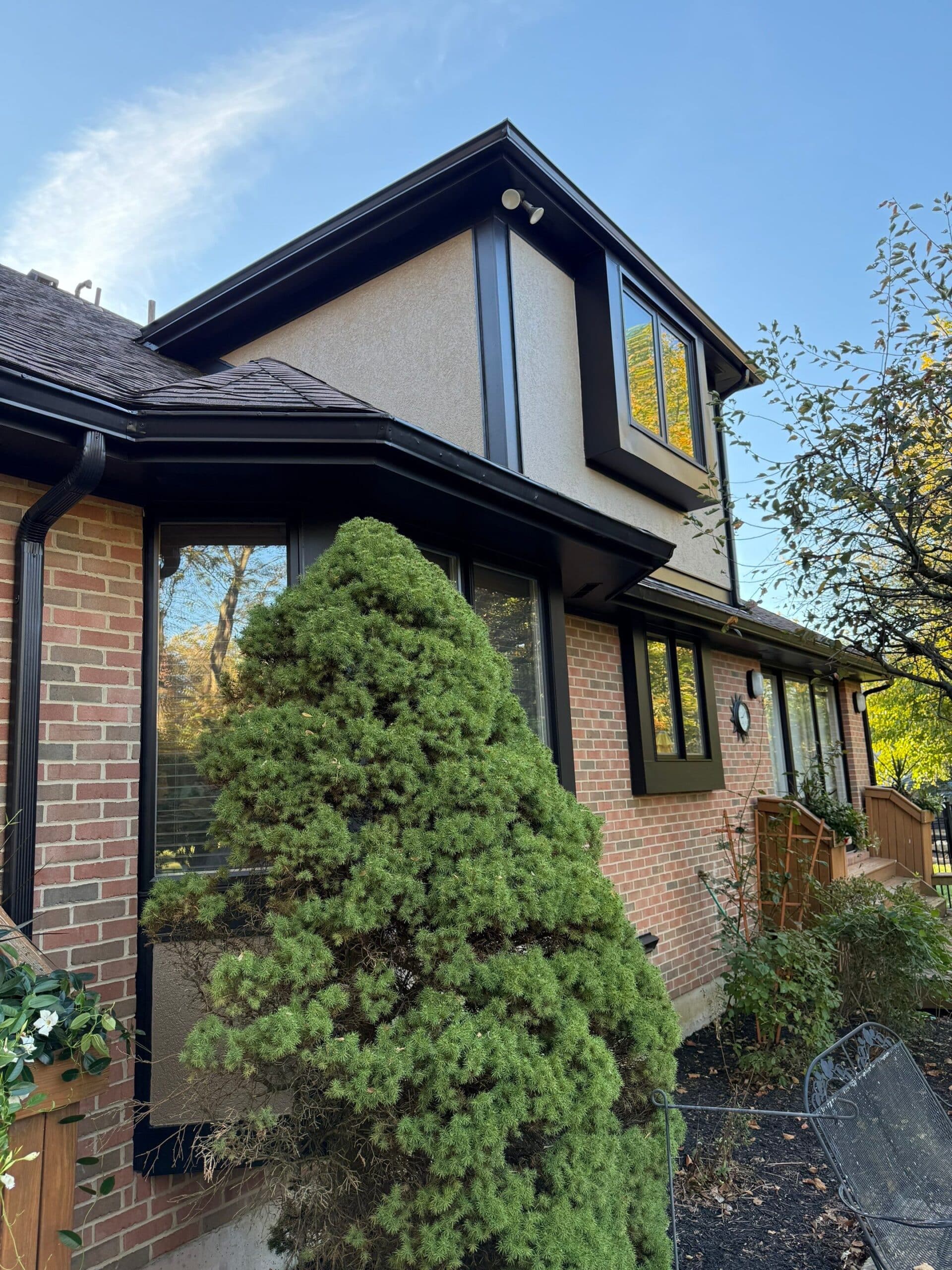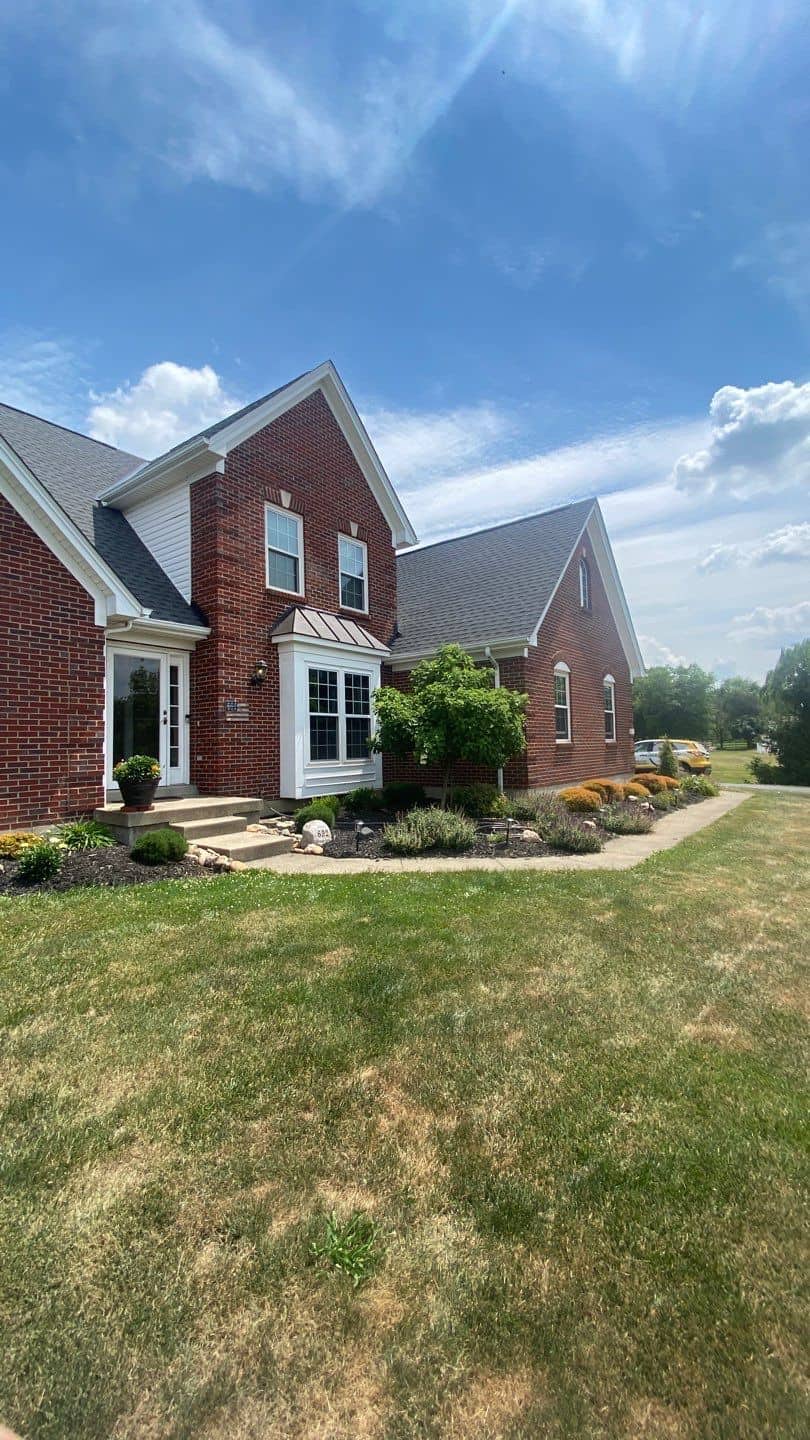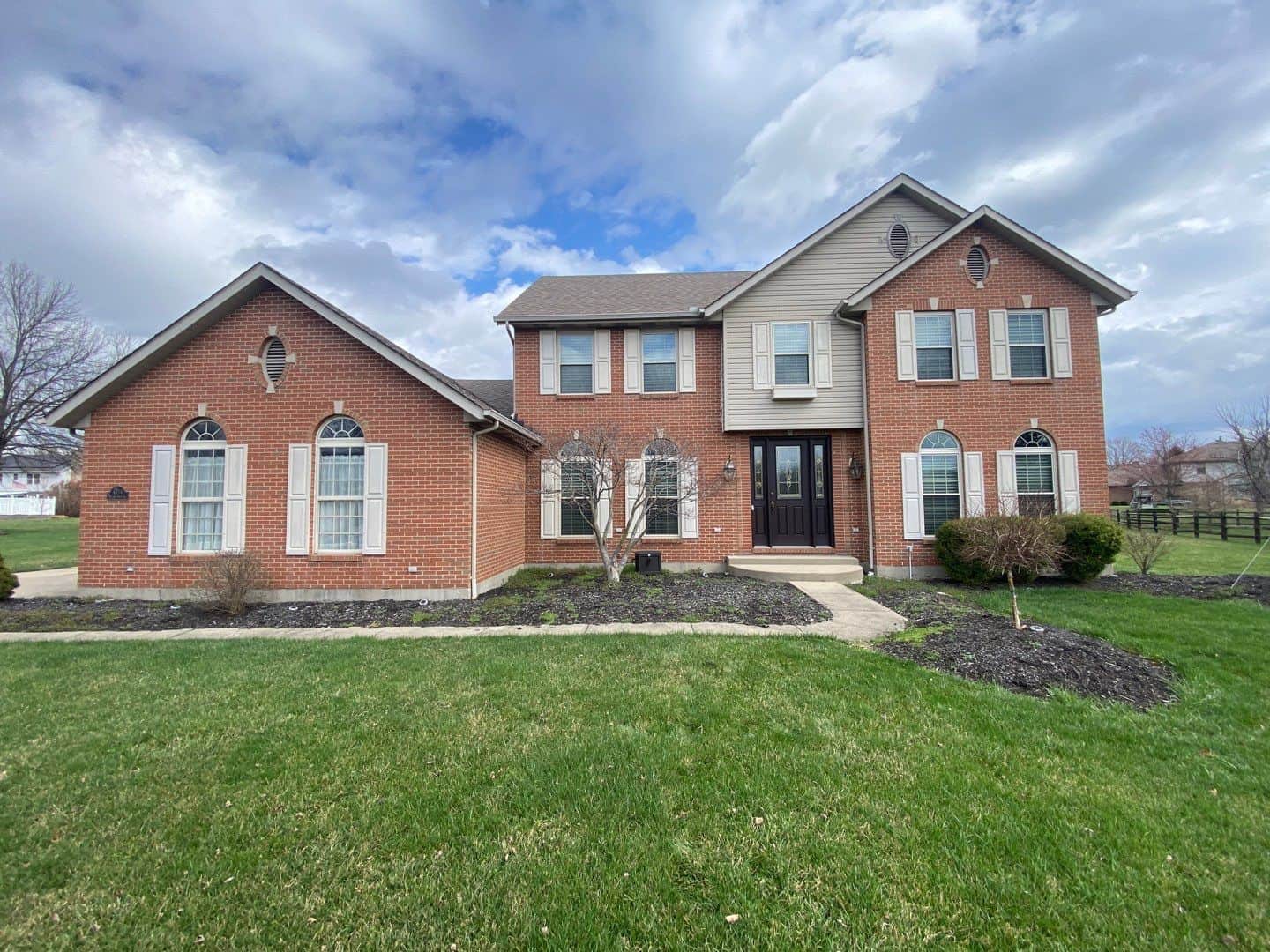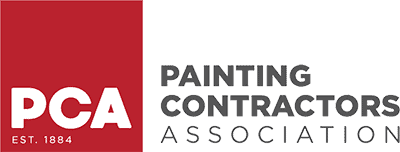If you’ve ever stood in front of a wall of paint chips at the hardware store, you already know — choosing a new color for your home’s exterior isn’t as easy as picking your favorite swatch. It’s a decision that affects your home’s curb appeal, resale value, and how you feel every time you pull into your driveway.
These questions are more common than you think.
In this guide, we’ll walk you through how to test exterior house paint colors like a pro — so you can move forward with confidence, avoid expensive mistakes, and land on a color you’ll love for years to come.
Why Testing Exterior House Paint Colors Matters More Than You Think
Paint Looks Different on the Wall Than It Does on a Swatch
Paint chips are helpful starting points, but they’re not the final word. The color in your hand can look completely different once it’s covering a wide expanse of siding, especially in outdoor lighting. That’s why testing actual paint is essential — not optional.
Light in Loveland Can Change Everything
Northeast-facing homes near the Little Miami River see cool morning light. South-facing homes near downtown Loveland get warm, bright afternoon sun. The same paint can look gray in one location and beige in another — depending on time, light, and weather.
Material Matters
Is your home’s exterior wood, brick, stucco, or vinyl? Each absorbs and reflects color differently. A taupe that looks soft on wood might appear muddy on stucco. Sampling helps you catch these differences early.
Avoiding Costly Regret
Repainting a home in Loveland typically ranges from $6,000 to $12,000, depending on size and scope. That’s a steep price to pay for a color you don’t end up loving. Testing protects your investment and gives peace of mind.
Step-by-Step: Preparing for a Successful Paint Test

1. Clean Your Test Surface
Paint adheres best — and shows true color — on a clean surface. Wash off any dirt, mildew, or chalking residue from the area you plan to test.
2. Check the Forecast
Loveland’s spring and fall are ideal for sampling paint: temperatures are mild and humidity is manageable. Avoid rainy days or harsh sunlight, which can skew how paint appears.
3. Gather These Tools:
- Sample pots (get at least 3–5)
- Paintbrush or roller
- Painter’s tape
- Drop cloth
- Exterior primer (if your home is unpainted or if you want the truest result)
4. Choose Smart Test Locations
Pick spots that represent different lighting — north and south-facing walls, shaded areas vs. sun-drenched ones, and areas visible from the street.
Testing on a primed section gives you a more accurate preview of the final result — especially on bare or porous surfaces like stucco or raw wood.
How to Sample Exterior House Paint Like a Pro
Use Actual Paint Samples
Color cards and digital tools are helpful, but nothing beats brushing real paint on your actual home. Sample pots are affordable and worth every cent.
Paint Large Swatches
Don’t dab a 6″ square and call it good. Go big — at least 2′ x 2′. This gives your eyes enough surface area to see undertones and shifts.
Test in Multiple Locations
Light bounces differently off various sides of your home. What looks creamy on one wall may turn stark white on another.
Apply Two Coats
One coat won’t cut it. Use two coats of sample paint so you can see the truest version of the final color. Let each coat dry fully before evaluating.
Use Clean Edges
Painter’s tape helps contain the sample and keeps things neat — which makes comparison easier later.
The Role of Light in Choosing Paint
Light Changes Everything — Literally
Color is not static. Outdoor light shifts dramatically throughout the day and across the seasons. A warm gray may look beige at noon and steely blue by dusk.
In Loveland, where overcast days are common, it’s even more important to evaluate your samples in cloudy light and full sun.
Morning, Noon, and Night
Check your samples:
- Early morning (soft cool light)
- Afternoon (strong, warm light)
- Dusk (low-angle golden light)
- Under exterior lights at night (especially for porches or garages)
Color can change more than you’d expect.
Sheen and Finish: What Many Homeowners Overlook
Most people focus entirely on color — and forget that sheen makes a big difference, too.
Common Exterior Finishes
| Sheen | Description | Best For |
|---|---|---|
| Flat/Matte | Hides imperfections but stains easily | Older homes, rough surfaces |
| Satin | Low-luster, slightly reflective, durable | Siding, most exterior walls |
| Semi-Gloss | More reflective and durable | Trim, doors, shutters |
Why It Matters
That deep navy blue may look great in satin but go shiny and garish in semi-gloss. When testing, always sample your preferred finish — not just the color.
Start with satin for siding. It balances durability and subtlety, and works well for most Loveland homes.
Professional Techniques You Can Use
Large Sample Boards
Pros often use large boards (foam core or plywood) painted in sample colors. These can be moved around your home to test light at various times and angles without repainting your siding every time you change your mind.
Digital Visualization Tools
Upload a photo of your home to a color visualization tool (many brands like Sherwin-Williams and Benjamin Moore offer free versions). It’s not 100% accurate — but great for narrowing options.
Color Consultation Services
Many professional painters in Loveland offer consultation services. They’ll help you with:
- Undertone analysis
- Color coordination with trim, roof, and hardscaping
- Samples applied cleanly and correctly
Sometimes, a second set of experienced eyes is all it takes to avoid a mistake.
Common Mistakes That Lead to Color Regret
Mistake 1: Only Testing a Small Swatch
A 3″x5″ test won’t help you understand how the whole house will look. Go bigger.
Mistake 2: Ignoring Surrounding Features
You might fall in love with a taupe… until you realize it clashes with your gray shingle roof. Always consider trim, roof, stonework, and landscaping.
Mistake 3: Testing Only One Wall
The lighting is different on each side of your house. Don’t limit your testing to one spot.
Mistake 4: Skipping the Primer
Especially if you’re covering red brick or dark siding, primer will give you a true representation of the final look.
Quick Homeowner Checklist for Sampling Exterior House Paint
Use this checklist to test like a pro:
- Choose 3–5 paint colors to sample
- Buy actual paint — don’t rely on chips
- Paint at least a 2’x2’ patch on multiple sides of the house
- Apply two coats for accuracy
- Test during different times of the day
- Compare against roof, trim, and landscaping
- Use your preferred sheen in samples
- Take at least 2–3 days to evaluate
- Ask for professional input if needed
Conclusion: Invest a Little Time Now, Avoid Big Regret Later
Exterior house paint color is a big deal. Whether you live in a cozy 1940s craftsman near Historic Downtown Loveland or a modern ranch on the outskirts of town, color makes a first — and lasting — impression.
Taking time to sample, observe, and refine your choice means you’ll end up with a color that complements your home, fits your neighborhood, and makes you smile every time you come home.
Ready to Make the Right Choice?
If you’re unsure where to start or want professional support throughout the process, we’re here to help. At Turner Painting Company, we specialize in exterior house painting services tailored to Loveland’s homes and climate. Let us assist with expert color consultation, precise sample application, and a flawless final paint job.
Contact us today for a free estimate — and let’s make your home’s next color its best one yet.



